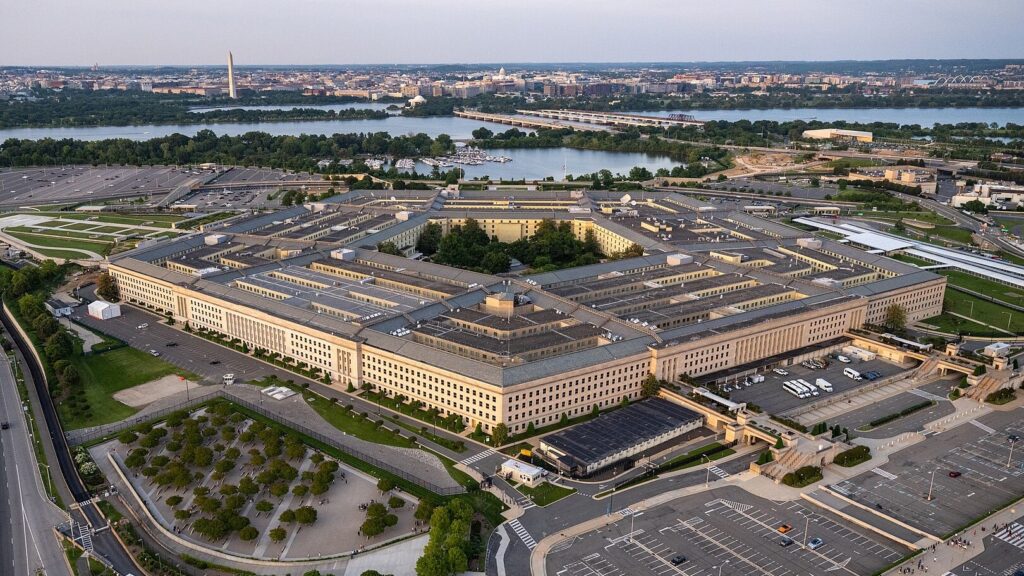It is somewhat lost to history how big of an underdog the American revolutionary forces were when they took up arms against the British in 1775. The alliance of amateur state militias and recently enlisted rustic farmers from the 13 colonies took on the Army and Navy of the greatest imperial power at the time, Great Britain—who, by the way, happened to not even be at war with France at the time that would distract them.
That shortly changed, specifically because of the War of Independence in America, as the French Monarchy joined in on the side of the Patriots—without the foreign military help, the revolution likely would have failed. However, Louis XVI’s forces did not come to the Americans’ aid until 1778. Before that, at the end of 1776 when our story takes place, it seemed that there would not be much fighting left to do by 1778.
In fact, the British forces were so certain in their imminent victory that the field commander for their troops in New York and New Jersey, Lieutenant General Charles Cornwallis, was even scheduled to leave back to England for the holidays.
‘At the end of 1776, when our story takes place, it seemed that there would not be much fighting left to do by 1778’
Both sides settled in for winter quarters. The Americans camped on the Pennsylvania side, while the British camped on the New Jersey side of the Delaware River. Many among His Majesty’s forces were not sure if the rebels would even survive the winter. Due to a lack of funding, they were short of food and heating fuel. On top of that, the enlistments of the majority of soldiers were running out at the end of the year, and in those dire circumstances with no real hope for victory it was questionable how many of them would re-enlist.
George Washington, Commander in Chief of the Continental Army, was all too aware of these problems. He knew he had to do something to turn the tide of war.
So, he decided to strike the enemy when they least expected it: in the middle of a harsh winter, and on Christmas Day, nonetheless. However, to do that, and to get to the Hessian mercenaries stationed in Trenton, New Jersey, Washington’s forces needed to cross the icy Delaware River under the cover of darkness. The General embarked on the dangerous journey with around 5,000 of his men, three of whom fell to their deaths in the icy river during the crossing.
Washington’s gamble paid off at the end. The Hessians were caught off guard, celebrating Christmas a little too hard for wartime, and thus all of them ended up either captured or killed. To be precise, 22 of them were killed, 83 of them were wounded, and 896 of them were captured, including their commander Colonel Johann Rall. Meanwhile, the Americans only lost two men, in addition to the three that perished in the Delaware River.
Washington’s Crossing of the Delaware River: The Revolutionary War in Four Minutes
On Christmas Night, 1776, George Washington famously led the Continental Army on a daring maneuver across the Delaware River, resulting in a remarkable victory over Hessian soldiers at the Battle of Trenton on December 26. Washington’s Crossing marked the beginning of The Ten Crucial Days, which includes the Battles of First and Second Trenton and Princeton.
Beside the men, George Washington’s troops also took invaluable resources for themselves for the winter, such as blankets, firewood, food, and drinks. Moral was high among the revolutionaries again; and suddenly, there was a fighting chance for the Americans in the war again.
And here’s one more interesting fact for you. If you take a look at the famous 1851 painting by Emanuel Leutze depicting the crossing of the Delaware, George Washington’s is not the only future President whose face you can see. James Monroe, who served as the 5th President of the United States between 1817 and 1825, was also in action at the Battle of Trenton. He can be spotted right behind Washington in the painting, holding a not time-appropriate American flag. There is no evidence that Monroe and Washington were actually in the same boat during the crossing of the Delaware.
Monroe served as a lieutenant in the 3rd Virginia Regiment in the Continental Army. In fact, he was severely wounded at Trenton after a musket ball struck him in the shoulder, but survived and went on to become a very influential figure in American history, best known for his ‘Monroe Doctrine’.
Related articles:








